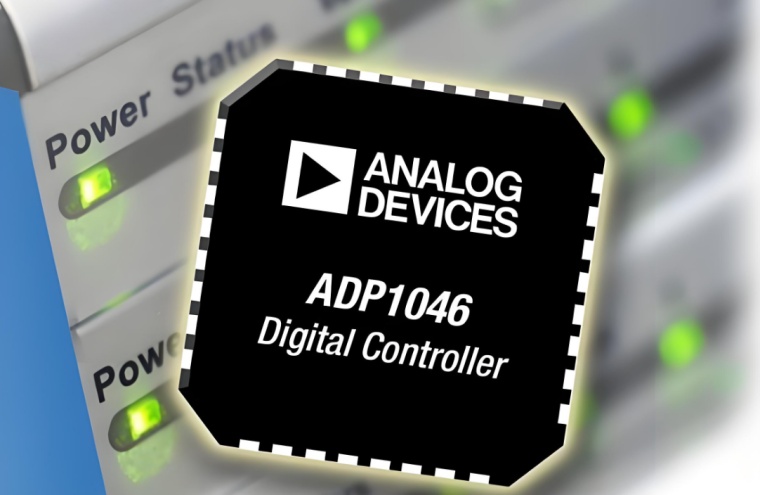**High-Speed Data Acquisition System Design Using the AD9229BCPZ-65 16-Bit ADC**
The design of a high-speed data acquisition (DAQ) system is a critical task in applications ranging from medical imaging and scientific instrumentation to radar and communications infrastructure. At the heart of such systems lies the analog-to-digital converter (ADC), whose performance dictates the overall fidelity and capability of the entire signal chain. This article explores the key design considerations and implementation strategies for a high-performance DAQ system utilizing the **AD9229BCPZ-65**, a 16-bit, 65 MSPS ADC from Analog Devices.
**System Architecture and Key Components**
A robust high-speed DAQ system extends far beyond the ADC itself. It is a symphony of components that must work in harmony to preserve signal integrity. The typical signal chain consists of:
1. **Analog Front-End (AFE):** This includes conditioning circuitry such as amplifiers, filters, and driver stages. The **AD9229BCPZ-65** requires a high-quality, low-noise differential driver (e.g., the ADA4940 or AD8138) to properly interface with its differential inputs, maximizing its dynamic performance and rejecting common-mode noise.
2. **The ADC (AD9229BCPZ-65):** This component is the core of the system. Its **16-bit resolution and 65 MSPS sampling rate** provide the high precision and speed necessary for capturing complex waveforms. Key specifications like its excellent signal-to-noise ratio (SNR) and spurious-free dynamic range (SFDR) are paramount for achieving high fidelity.
3. **Clock Source:** The performance of any ADC is directly tied to the quality of its sampling clock. A low-jitter, highly stable clock source is non-negotiable. Excessive clock jitter degrades the SNR, effectively wasting the innate resolution of the ADC. A dedicated clock generator IC or a jitter-cleaning PLL should be used.
4. **Digital Interface and Data Handling:** The AD9229BCPZ-65 outputs 16 bits of parallel LVDS (Low-Voltage Differential Signaling) data. This high-speed digital bus must be routed carefully to a receiving device, typically an FPGA (Field-Programmable Gate Array). The FPGA is responsible for capturing the data stream, potentially performing digital signal processing (e.g., filtering, demodulation), and transferring it to a host processor or over a communication link (e.g., PCIe, Ethernet).
**Critical Design Challenges and Mitigation Strategies**
**1. Power Integrity and Supply Decoupling:**
The **AD9229BCPZ-65** is a high-performance device with demanding power requirements. **Effective power supply decoupling is arguably the most critical aspect of the PCB layout.** A multi-tiered approach using bulk capacitors, tantalum capacitors, and a generous array of low-inductance ceramic capacitors (0.1µF and 0.01µF) placed extremely close to the ADC's supply pins is essential to filter noise and provide transient current. Separate analog and digital supply planes should be used and joined at a single point to prevent digital noise from corrupting the sensitive analog sections.
**2. Signal Integrity and PCB Layout:**
The entire signal path, from the analog input to the digital outputs, must be treated as a transmission line. Key practices include:
* **Impedance Control:** The differential analog input traces and the parallel LVDS output traces must be routed with controlled differential impedance (typically 100Ω).

* **Grounding:** A solid, unbroken ground plane is vital for providing a clean return path and minimizing ground loops.
* **Component Placement:** The driver amplifier, decoupling capacitors, and clock circuitry must be placed as close as possible to the ADC. Sensitive analog inputs should be isolated from high-speed digital outputs.
**3. Thermal Management:**
Operating at 65 MSPS, the ADC will dissipate a non-trivial amount of power. Ensuring adequate thermal relief through proper PCB copper pours and, if necessary, airflow is important to maintain the device within its specified operating temperature range, guaranteeing long-term reliability and performance.
**Performance Optimization**
To achieve the datasheet performance of the AD9229BCPZ-65, attention must be paid to the input drive level. Operating the ADC with a full-scale input signal optimizes SNR. However, in systems with a high peak-to-average power ratio (like communications), backing off slightly from full-scale can improve SFDR and prevent clipping of occasional large peaks.
**Conclusion**
Designing a high-speed DAQ system with the AD9229BCPZ-65 16-bit ADC is a complex endeavor that balances analog precision, digital speed, and meticulous physical implementation. Success hinges on a holistic design approach that gives equal weight to the analog front-end, clocking, power delivery, and PCB layout. By rigorously addressing these challenges, designers can unlock the full potential of this high-resolution ADC, creating systems capable of capturing the most demanding signals with exceptional accuracy.
ICGOODFIND: The AD9229BCPZ-65 is an exceptional component for high-resolution, high-speed data conversion. Its successful implementation is a masterclass in signal integrity, requiring meticulous attention to power decoupling, differential signaling, and clock quality to realize its full 16-bit performance in a demanding system environment.
**Keywords:**
1. **High-Speed Data Acquisition**
2. **Signal Integrity**
3. **Power Decoupling**
4. **LVDS Interface**
5. **Clock Jitter**
